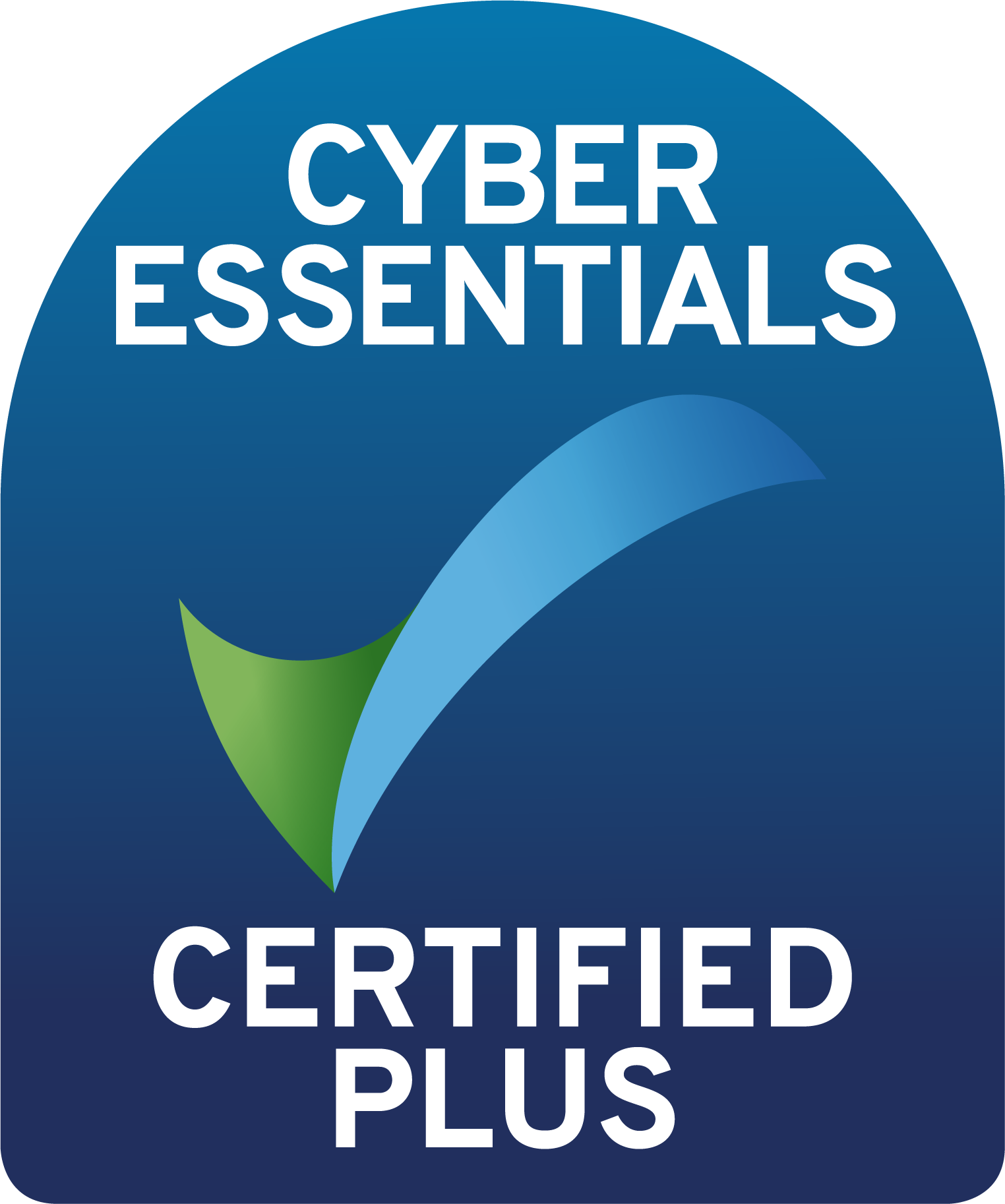As the IT landscape continues to evolve, virtualisation has emerged as a way of ensuring businesses stay at the top of their IT game. Virtualisation provides organisations with the ability to optimise hardware resources, whilst reducing costs, and enhancing operational flexibility. VMware has been a dominant force in the world of virtualisation for many years with its comprehensive suite of solutions for various use cases, however, this could now be changing. As the demand for virtualisation has grown, naturally, so has the competition. This has resulted in a range of alternatives that cater to diverse needs, so let’s dive deeper into the world of VMware and take a look at some of those other options.
Understanding VMware
VMware was a subsidiary of Dell Technologies that has established itself, internationally, as a leader in cloud infrastructure and digital workspace technology. The cornerstone of VMware’s virtualisation offerings is VMware vSphere – this is an extensive platform that brings together ESXi (the hypervisor), vCenter Server for management, and a whole host of complementary tools and features.
Advantages of VMware
Market Dominance:
VMware brings with it a large and loyal customer base due to its sustained and prominent presence at the top of the virtualisation industry.
Mature Technology:
VMware has used their experience, along with years of development and refinement, to create solutions that are renowned for both their stability, and their reliability.
Compatibility:
VMware is versatile for various different environments, supporting a wide range of operating systems and applications.
Management Tools:
vCenter Server provides advanced management capabilities that simplify the administration of virtualised infrastructures.
Ecosystem:
The VMware ecosystem is vast, encompassing a thriving community and lots of third-party integrations, ensuring a wealth of resources and options for users.
Whilst all these advantages are great for certain businesses, others may find that they have issues with certain aspects of VMware’s solutions. They can be costly and may not align with the budget constraints of every organisation, which is why it is also worthwhile exploring viable alternatives.
Exploring VMware Alternatives
Microsoft Hyper-V:
Microsoft’s Hyper-V has established itself as a formidable alternative to VMware. It is included with Windows Server, and offers features like live migration, high availability, and seamless integration with other Microsoft products, such as Azure and System Center.
Advantages:
- Integration with the Microsoft ecosystem.
- Cost-effective for Windows-centric environments.
- Active Directory integration facilitates centralised management.
KVM (Kernel-based Virtual Machine):
KVM is an open-source virtualisation solution designed for Linux. It is integrated directly into the Linux kernel and provides robust virtualisation capabilities, making it a favourite among technically adept users.
Advantages:
- Cost-effective, given its open-source nature.
- Exceptional performance for Linux workloads.
- Strong community support ensures ongoing development and support.
Proxmox Virtual Environment (Proxmox VE):
Proxmox VE is an open-source virtualisation platform that combines KVM for virtual machines and LXC for containers. It boasts a user-friendly web-based management interface and features like live migration and backup options.
Advantages:
- Open source, eliminating licensing costs.
- Easy-to-use web interface streamlines management.
- Supports both virtual machines and containers, offering flexibility.
Oracle VirtualBox:
Oracle VirtualBox is a free and open-source virtualisation software that has gained popularity among developers and testers. It supports a broad spectrum of guest operating systems and is lauded for its simplicity and ease of use.
Advantages:
- Cost-effective, as it is both free and open source.
- Particularly suitable for development and testing environments.
- User-friendly interface makes it accessible to a wide audience.
Citrix XenServer:
Citrix XenServer is an enterprise-grade virtualisation platform equipped with advanced features, such as live migration, VM snapshots, and high availability. It presents a compelling option for organisations seeking robust virtualisation capabilities.
Advantages:
- Comprehensive virtualisation features cater to diverse use cases.
- Well-suited for virtualising Windows environments.
- Citrix’s backing provides additional support and integration options.
While VMware remains a stalwart in the virtualisation space, it’s essential to conduct a thorough evaluation of your organisation’s specific needs and budget constraints when selecting a virtualisation solution.
Depending on your requirements, alternatives like Microsoft Hyper-V, KVM, Proxmox VE, Oracle VirtualBox, or Citrix XenServer may offer cost-effective and feature-rich alternatives to VMware. The key is to assess your unique needs and goals, ultimately selecting the virtualisation platform that aligns most effectively with your business objectives. Virtualisation has come a long way, and with these options at your disposal, you have the flexibility to choose the solution that best suits your organisation’s needs.
If you would like to learn more about any of the solutions listed here, please get in touch, or check out the support we offer here.











